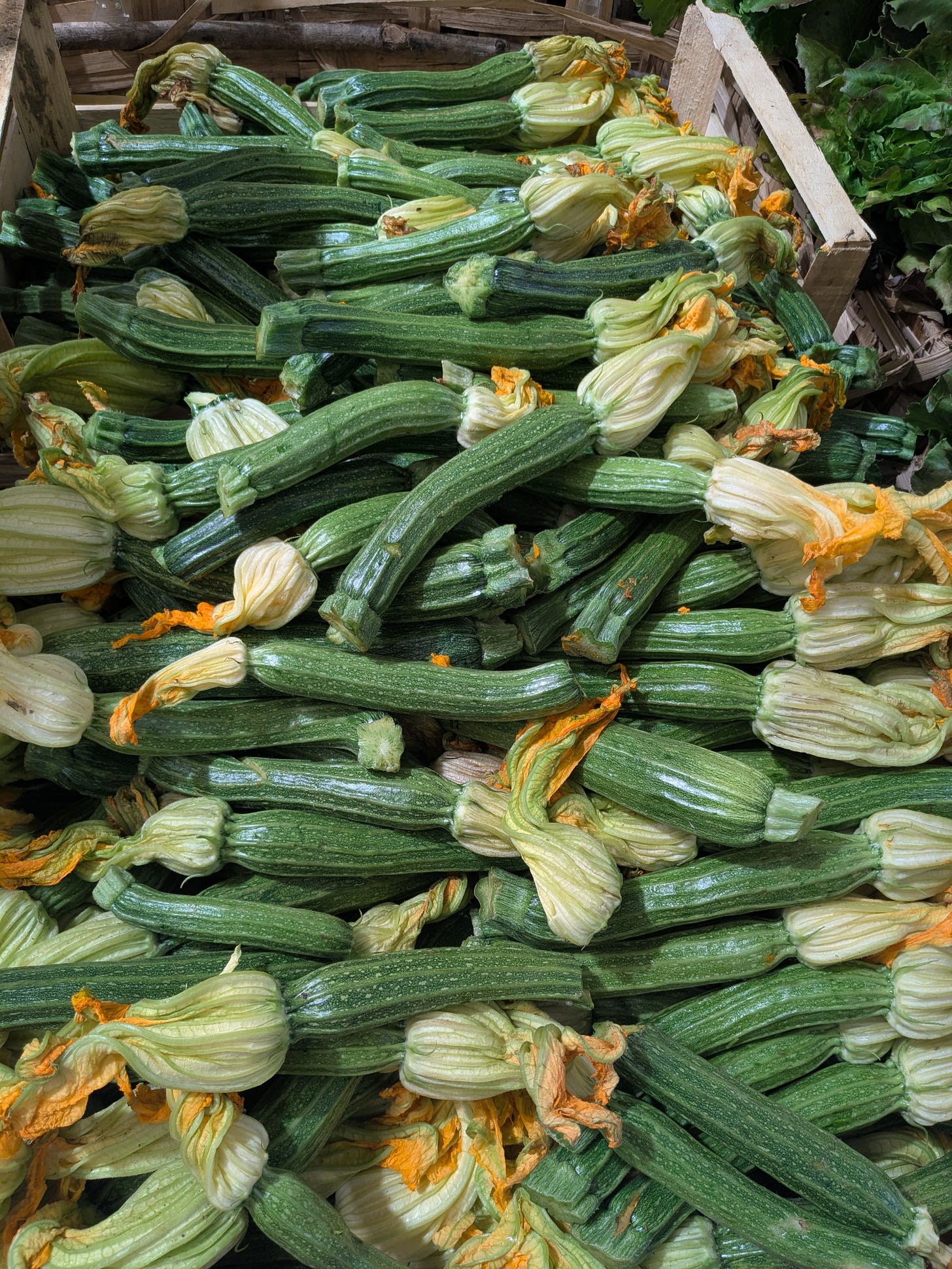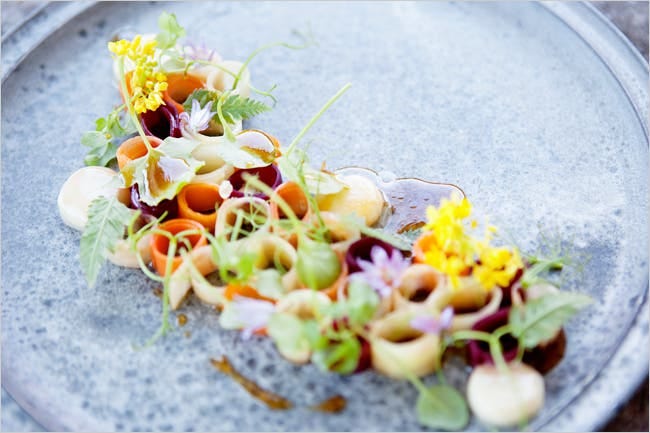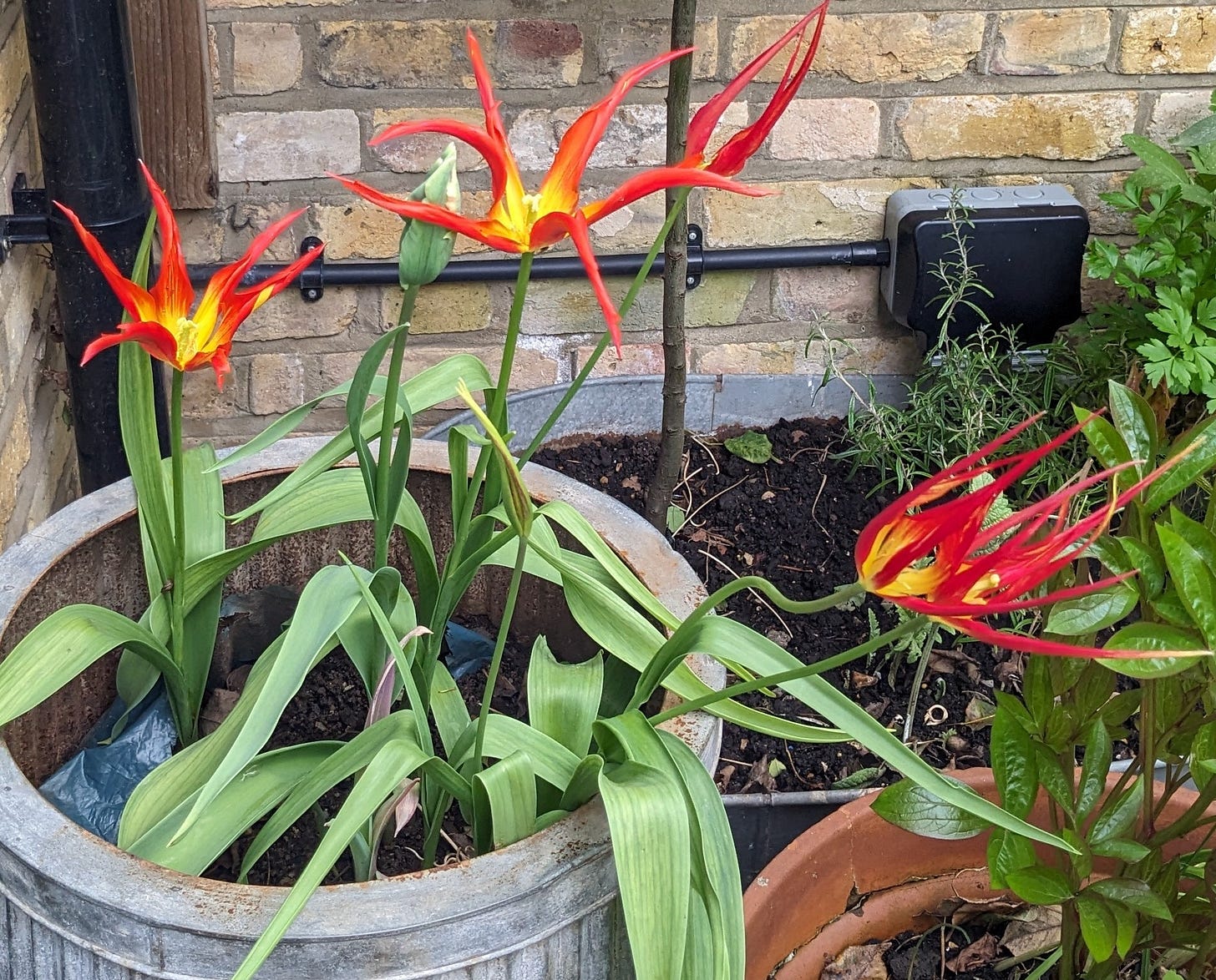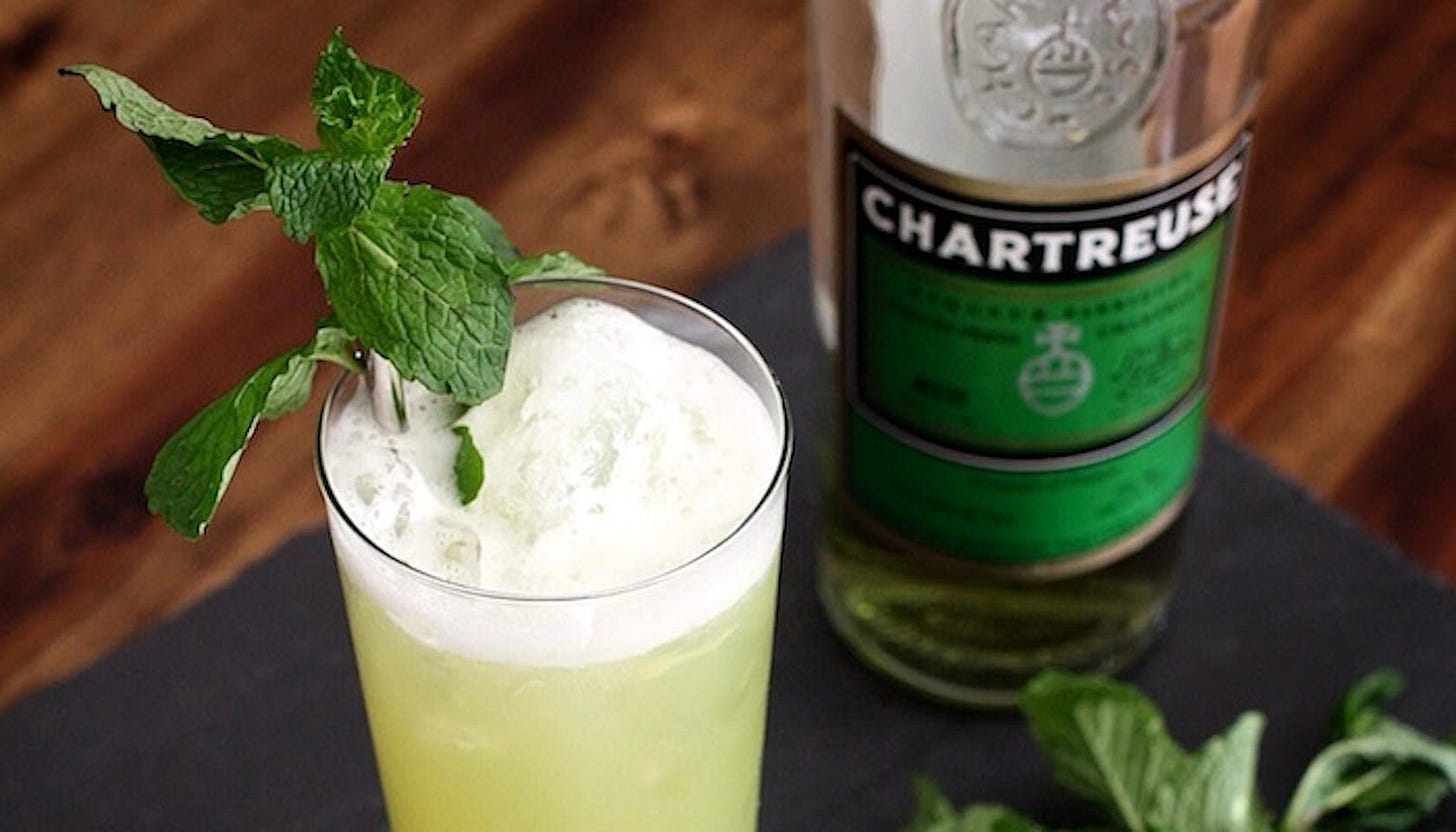Instagram has a lot to answer for. Not least the proliferation of flowers on food. Instagram was launched on 6th October, 2010. From 7th October, 2010 up to supper last night, excitables brought out their phones and photographed the food they were about to plunge a fork into, much of it decorated with nasturtiums and blue borage and rose petals and other garden glories.
It’s a trend that is experiencing - I shan’t say ‘enjoying’ because although I’m responsible myself for nipping out into my miniscule garden (the size of a table top) to pinch off a few florals to decorate a salad - I actually despise the trend. Now that restaurants have trained us to want food to look almost as recognisable as it did when it was reaped in the field or lost its life in the abattoir, it seems so twee.
Aren’t flowers on food just a bit ‘Great Aunt’?
Not all of them, of course. The stigmas and styles of, specifically, the crocus sativus, delivers the immediately recognisable and provocative flavour and colour that is saffron. Banana blossoms, if you are lucky enough to have access to some, are a rich and high-fibre source of protein and vitamin C, becoming not a garnish (hideous word) but an interesting salad.

Top of my list of flowers-as-food not as decoration are zucchini/courgette flowers dipped in batter and fried. I’m less impressed by those stuffed with ricotta and more then battered and fried. Gilding the lily, I’d say - though while some of those bulbs are edible, most lilies are toxic, especially to cats and dogs.
Technically, broccoli, cauliflower, capers, arugula/rocket and artichokes are all categorised as flowers, as are most herbs. This may be confusing. You’re unlikely to appear at your dinner host’s front door with a cauliflower or a bunch of artichokes - though I would be exceptionally pleased if you did. No, it’s the pretty florals we’re talking about which are making a come-back, scattered across a plate, nudging microgreens out of the on-trend picture (or rather, the Insta photo).

René Redzepi of Noma in Copenhagen is often credited with bringing back the popularity of edible flowers, incorporating them in his list of foraged foods. So, too, award winning chef Simon Rogan of the UK’s L'Enclume in the Lake District and, in Australia, Aaron Carr at Yarri Restaurant, who have all embraced edible flowers in their cooking.
Flowers on food are nothing new. There’s evidence from 3000 BC that Chinese cooks made culinary as well as medicinal use of flowers. Lavender, rose petals and violets in particular were used in salads and sauces by the Ancient Greeks, Romans and Egyptians as far back as 140 BC. Carnation petals are one of the 130 secret herb and plant ingredients in Chartreuse, the French liqueur made by Carthusian monks since the 1600s. (Try it this summer in this recipe from Birchbox: 30ml/1 oz. good gin, 30ml/1 oz. Green Chartreuse, 30ml/1 oz. Maraschino liqueur, 30ml/1 oz. Fresh lime juice, Brandied cherries or lime twist. I added an egg white to get the froth as without it mine didn’t. And I didn’t have either Maraschino liqueur or brandied cherries so left them out. It was still a delicious take on a Pisco Sour-type cocktail.)
Following the Boston Tea Party in 1773, some colonists boycotted British tea and used dried monarda, or bee balm, as a substitute. Galvanised by the proliferation of sugar from the colonies, the Victorians created candied flowers as edible decorations. Isabella Mary Beeton, the English journalist most well-known as the author of the 1861 Mrs Beeton's Book of Household Management, even gave a recipe for the process, still popular today with violets.
In other countries, flowers are par for the courses, as it were. If you think they are not your thing, consider what you might elect to drink in a Chinese restaurant. In China, jasmine flowers are layered with tea leaves to dry. The Chinese and Japanese flavour both tea and soup with chrysanthemum petals. Japanese cherry blossoms - sakura - are used in sake and desserts. In India, papaya flowers, thought to clear lung infections and liver-related diseases, are used in salads, cooked with potatoes and simmered with fish heads.
So I have capitulated. Here is a summer salad decorated with nasturtium and borage flowers. You can use any other edible blossoms you have access to.
Serves 8
Start by making your favourite espresso. Drink all but one tablespoon of it.
3 tablespoons vegetable oil
2 tablespoons fresh tarragon leaves, plus 1 tablespoon roughly chopped and reserved
2 large cloves garlic, peeled, and finely minced
Zest and juice of 1 scrubbed lemon
¾ teaspoon Piment d’Espelette, (the powdered Espelette chili pepper grown in the Basque country), or cayenne pepper
1kg/2.2 lbs boneless chicken thighs or boneless chicken breasts, thighs left whole, breasts sliced on the diagonal into three
½ head broccoli, broken into florets
115g/¼ lb haricot/French beans, topped and tailed
4 scallions/spring onions, white and pale-green parts only, sliced thinly on the diagonal
2 celery stalks, sliced thinly on the diagonal diagonally ¼ inch/ (½ cm) thick (optional - I’ve only just learned you can be allergic to celery)
2 tablespoons Sherry or red-wine vinegar
1 teaspoon sugar
Salt and freshly ground black pepper
4 tablespoons light olive oil
3 handfuls of baby spinach leaves
2 handfuls of arugula leaves or mixed salad leaves
Salt and freshly ground black pepper, to taste
4 tablespoons walnuts or hazelnuts, toasted
Nasturtium, marigold petals, borage flowers or whatever grows near you
Put the first seven ingredients into a plastic freezer bag. Rub the bag to massage the flavours into the chicken. Leave it to marinate for at least 4 hours or overnight. Bring it to room temperature at least 30 minutes before cooking.
Preheat the oven to 200C/400F.
Spread the contents of the bag in a roasting tray, and roast for 25–30 minutes till the chicken is cooked through and golden.
Boil the haricots beans until al dente, 3–4 minutes once they come back to the boil (test one to see if they’re crisp-tender), then refresh them in ice-cold water, drain thoroughly, and dry in a clean kitchen towel. Put them in a salad bowl.
Slice the spring onions/scallions and celery finely at an angle.
To make the vinaigrette, beat the vinegar and espresso together in a small bowl, whisk in the olive oil well to amalgamate everything, season to taste, and set aside. (Use only what you need to coat and flavour the salad. It will keep a week in the fridge in a jar.)
Add the spinach and arugula to the salad bowl. Add the scallions and celery, then the chicken. Toss gently. Pour the vinaigrette into the roasting pan, and scrape up the caramel on the bottom, then quickly pour this warmed vinaigrette over the salad. Toss everything together gently and thoroughly again. Scatter the walnuts over the salad, and serve immediately.







Money would be delighted by your artistry on a plate. I missed this one in the Bruno cookbook. Borage flower is new to me. Do you grow it in your London garden? Of all of your various gardens, which had the best combo of great soil & climate? We’re starting into our hell hole period. Last night we got an unexpected 4.5 inches of rain!!!!! And next week a very dry 103! Obviously I am growing in the wrong place.
Wonderfully informative post. I have to stand up for zucchini flowers stuffed with ricotta. I’ve tasted some delicious ones in Puglia.